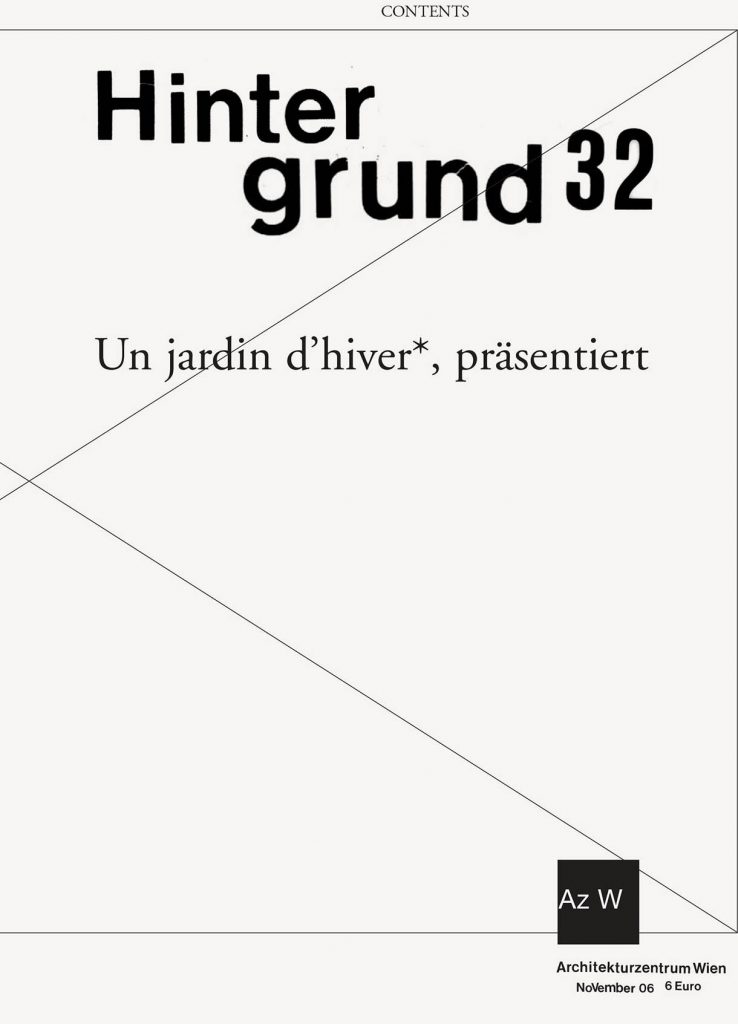The title of this special Hintergrund edition refers back to the exhibition project "Un jardin d'hiver (objet-sujet)" from 1974, which Marcel Broodthaers did not complete and which has survived as a fragmentary collection of slides. "Un jardin d'hiver" stands for a popular abode of the 19th century bourgeoisie, the winter garden. In the winter garden, where exotic plants are grown and objects from "distant worlds" are presented, the foreign appears as a vanishing point, an imaginary construction of a longing for immediacy, unspoiled naturalness, originality, which is, however, simultaneously feared as threatening and uncanny.
2,20 €
Description
Placeless and history-less distance, the winter garden is spatially social institution of the fading out and repression of power relations (and their simultaneous affirmation), global capitalist conditions of production, such as the economic exploitation of colonies and their populations. The (disenfranchised) foreigner, subjugated once again by these representations, is in the mute dress of nature, in naturalness, deputy, erased, moved to a place where it is absent. The winter garden can be counted among those fetishizing symbols of which Theodor W. Adorno and Max Horkheimer say in the Dialectic of Enlightenment: “The repetition of nature that they signify always proves itself in the process to be the permanence of social coercion represented by them. The shudder objectified into a fixed image becomes a sign of the solidified domination of the privileged.”
The collection of images/texts presented is conceived as a catachresis. What does that mean? The composition of texts and images is worked out following the formulation of a rhetorical figure, which creates a designation out of the inconsistent, sometimes contradictory connection of several elements, which, however, stands in a skewed relation to what is designated, places the designated and the designated in a disproportion. The catachresis aims in or at a linguistic gap, a blank space of the signified, which lies precisely in the agreements of signifying.
In any case, Un Jardin d’hiver*, presented is a concocted history of a contemporary architectural practice that seeks to transcend the geopolitical social divide in the realm of socially deregulated conditions. This concocted history wants to circle, if not the inexpressible, then at least the empty space of this practice that is difficult to express, to seek it out from the outside. It encircles it by collecting images and texts that are inconsistent with this particular practice, perhaps even alien to it, inauthentic, linking them together so that the particular qualities of their meanings, which in their interaction always charge and infect each other anew, call up the indeterminate sides of its meanings, as the exterior, the alien, the inauthentic of this void, as what it is – determined – not, but indeterminate.





